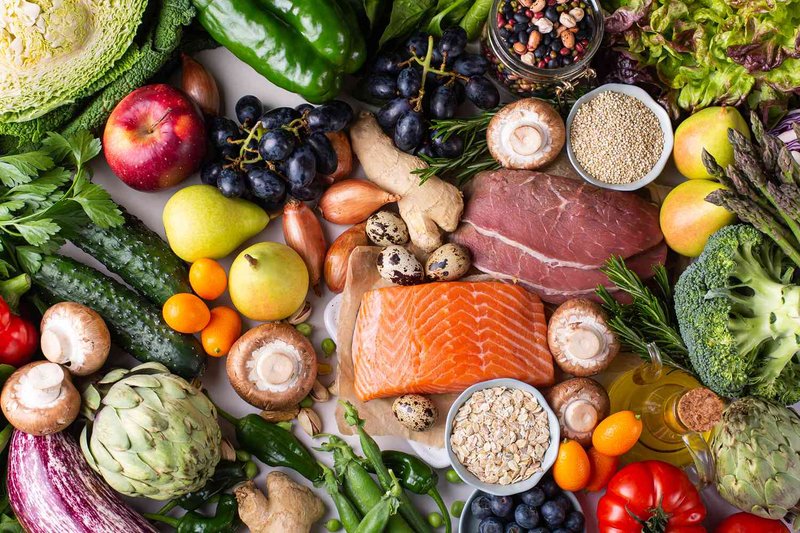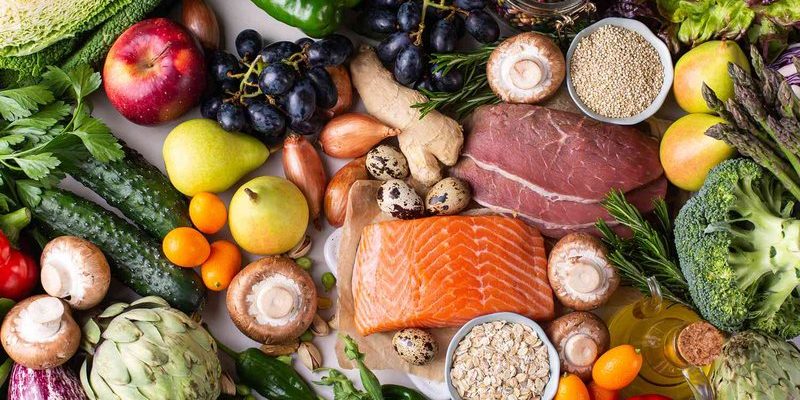
Imagine living in a place where the ground is covered in snow for months on end—sounds tough, right? For reindeer, this snowy habitat is home. They’ve adapted over thousands of years to find food in the most challenging conditions. Understanding their diet is crucial for appreciating their role in the ecosystem and the various hunting strategies they employ to survive during long, cold winters.
Understanding Reindeer Diet
Reindeer, also known as caribou in North America, have a specialized diet that changes with the seasons. They are herbivores, primarily grazing on grasses, lichens, and shrubs. But here’s the twist: their taste buds are pretty selective, especially when it comes to lichens. These hardy plants are rich in nutrients, making them a favorite during the winter months when other food sources are scarce.
Did you know that reindeer can actually smell lichen buried under a thick blanket of snow? Their acute sense of smell helps them locate hidden food, and they paw at the snow with their hooves, digging down to uncover a tasty meal. This behavior is particularly essential because, in winter, the landscape can look like a vast white desert, hiding the nourishment they need.
While reindeer thrive on lichens in winter, they also enjoy a range of other foods throughout the year. In spring and summer, they feast on tender grasses, flowers, and leaves. This diet not only helps them gain weight but also prepares them for the rigors of calving season. Pregnant females need a nutritious diet to support their growing calves, and these seasonal shifts in eating habits are vital for their survival.
Seasonal Eating Habits
Reindeer are masters of seasonal eating. In the spring, when the snow melts, they have access to a buffet of fresh greenery. Think of it as a vibrant salad bar, with an array of options that includes everything from new leaves to blooming flowers. This variety is crucial for their overall health and provides the energy they need after a long winter.
As summer rolls in, reindeer continue to munch on grasses and leafy plants. They also seek out rich sources of protein, like mushrooms and berries. The abundance of food in warmer months allows them to bulk up, preparing them for the colder seasons ahead.
When autumn arrives, the shifting landscapes prompt reindeer to adjust their diets once again. The change in vegetation means they start to rely more heavily on lichens, a type of fungi that can withstand the cold and snowy conditions. This nutrient-rich food is essential and makes up a significant portion of their winter diet.
How Reindeer Find Food
You might be wondering, how do reindeer manage to find their food in such harsh conditions? Their keen senses, particularly their sense of smell, play a huge role. Not only can they detect food buried under snow, but they can also differentiate between various scents, allowing them to pinpoint what’s edible and what isn’t.
Additionally, reindeer have evolved to migrate long distances in search of more abundant food sources. This instinctive behavior means that they follow seasonal migrations of different vegetation types. They travel in herds, which helps them locate food more efficiently and provides safety in numbers from predators.
One interesting strategy they use is known as “floe hunting.” During migration, reindeer will often stay near the coast, where they can forage on shoreline vegetation. This behavior takes advantage of the unique ecosystems that border the Arctic and sub-Arctic regions, adding variety to their diet.
The Role of Predators in Reindeer Feeding Behavior
Just like in any food chain, reindeer have to be aware of the dangers lurking nearby. They have natural predators, like wolves, bears, and even human hunters, which can impact their feeding behavior. When they feel threatened, reindeer become more cautious about where and when they eat.
In areas with high predator populations, reindeer may choose to alter their migration patterns or feeding habits. For example, when wolves are around, they might feed more during the day when there’s better visibility rather than at night, when they’re more susceptible to attacks.
This adaptability is a testament to their resilience and intelligence. It’s almost like a game of chess, where reindeer must anticipate predator movements and strategize their feeding accordingly to stay safe.
Environmental Impact on Reindeer Diet
Climate change and human activities are impacting reindeer diets and hunting strategies. As temperatures rise and the climate shifts, you may notice that traditional grazing grounds are becoming less reliable. Changes in vegetation growth patterns can disrupt their migration routes, leading to food shortages.
Additionally, overgrazing by domestic livestock in certain regions can limit the availability of natural food sources for reindeer. This competition for resources can create a challenging situation, forcing reindeer to adapt their hunting strategies in ways that may not always be easy.
As their habitats continue to change, scientists and wildlife advocates are working to understand these impacts better. They emphasize the importance of protecting natural ecosystems to ensure reindeer and many other species continue to thrive.
The diet and hunting strategies of reindeer are a remarkable blend of adaptation and instinct. From their selective eating habits to their ability to navigate vast, snowy landscapes, reindeer showcase the beauty of nature’s resilience. As we learn more about these incredible creatures, it’s clear that understanding their needs and challenges is crucial not just for their survival but for the health of the ecosystems they inhabit.
So, the next time you think of reindeer, remember they’re much more than just a holiday symbol—they’re a vital part of our natural world, navigating the complexities of diet and survival with grace and determination.

